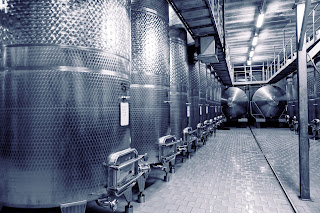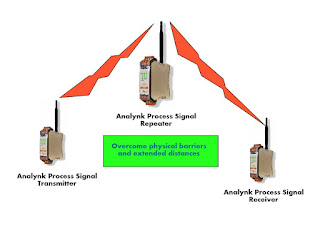 |
Strain gauges and load cells are found throughout
industrial processing applications. |
In industrial application of process measurement and control, principles of the physical sciences are combined with technology and engineering to create devices essential to modern high speed, high accuracy system operation. Years of research, development, and the forward march of humanity’s quest for scientific knowledge and understanding yield packaged devices for process measurement that are easily applied by system designers and operators.
Load cells are the key components applied to weighing component or processed materials in modern processing. They are utilized throughout many industries related to process management, or just simple weighing operations. In application, a load cell can be adapted for measurement of items from the very small to the very large.
In essence, a load cell is a measurement tool which functions as a transducer, predictably converting force into a unit of measurable electrical output. While many types of load cells are available, the most popular cell in multiple industries is a strain gauge based cell. These strain gauge cells typically function with an accuracy range between 0.03% and 0.25%. Pneumatically based load cells are ideal for situations requiring intrinsic safety and optimal hygiene and, for locations without a power grid, there are even hydraulic load cells, which function without need for a power supply. These different types of load cells follow the same principle of operation: a force acts upon the cell (typically the weight of material or an object) which is then returned as a change in a reference value. Processing the value yields an indication of weight in engineering units. For strain gauge cells, the principle of deformation applies, where extremely small amounts of deformation, directly related to the stress or strain being applied to the cell, are output as an electrical signal with value proportional to the load applied to the cell. The operating principle allows for development of devices delivering accurate, precise measurements of a wide range of industrial products. Advantages of load cells include their longevity, accuracy, and adaptability to many applications, all of which contribute to their usefulness in so many industries and applications.
Analynk manufactures process measurement and control equipment that utilizes
strain gauges in their operation, as well as
signal alarms and
transmitters that will convert strain gauge output signals into common process control signals. Equipment for further establishing wireless connections among measurement and control devices is a specialty of Analynk Wireless. Share your process measurement and connectivity challenges with the industrial wireless experts at
Analynk, leveraging your own process knowledge and experience with their specialized application expertise to develop effective solutions.








